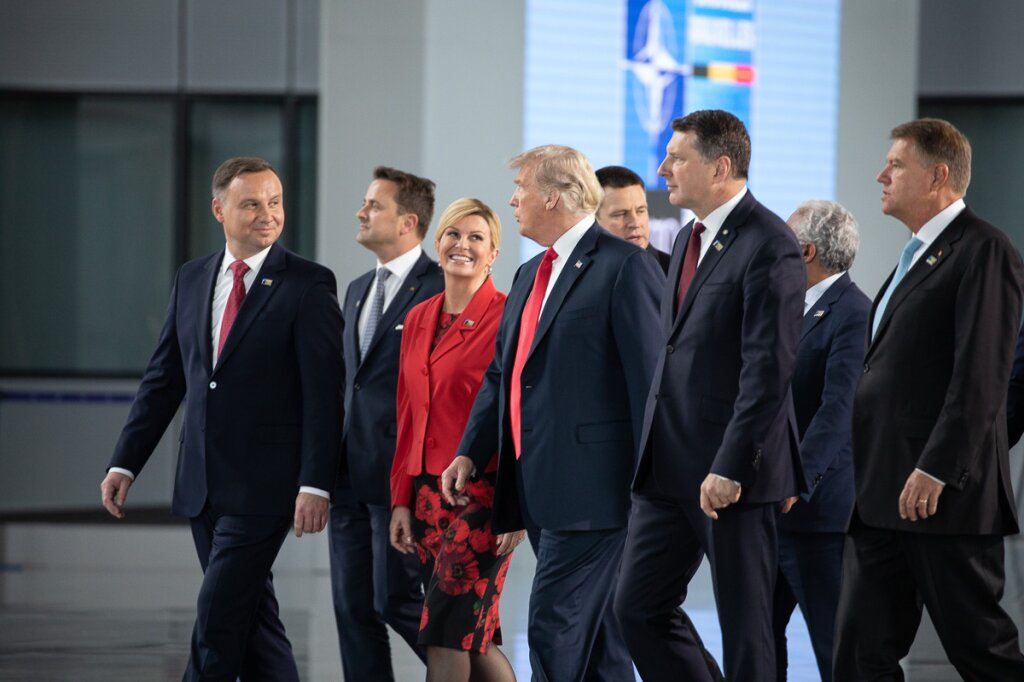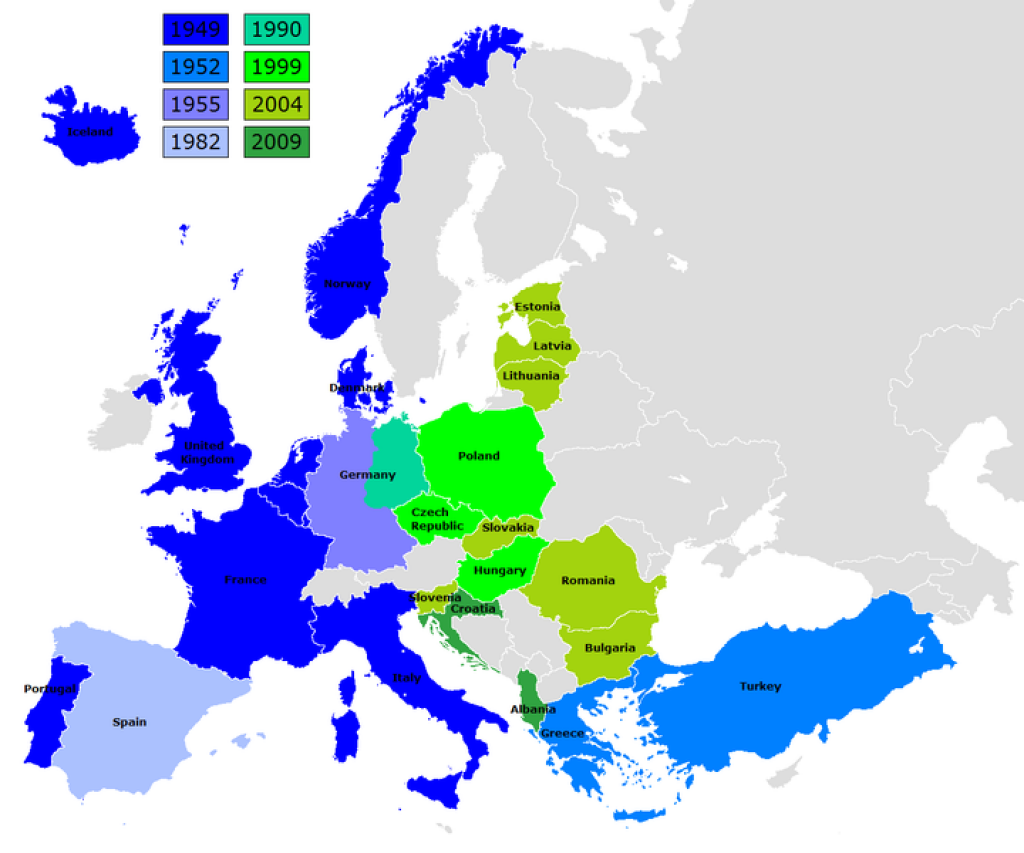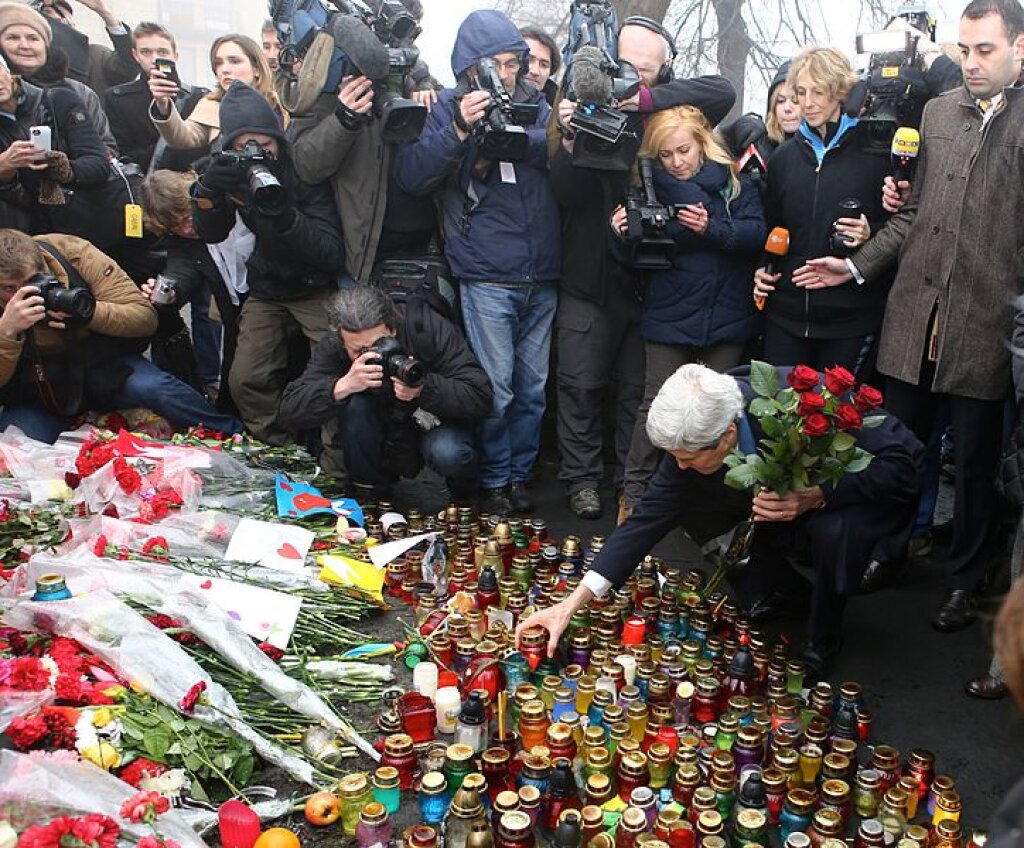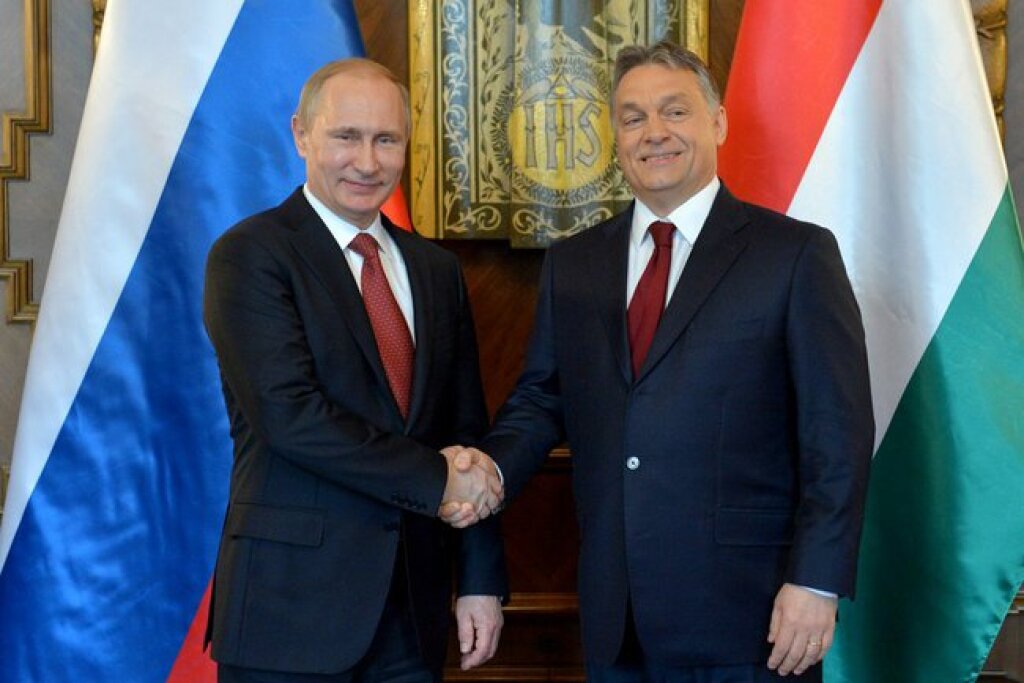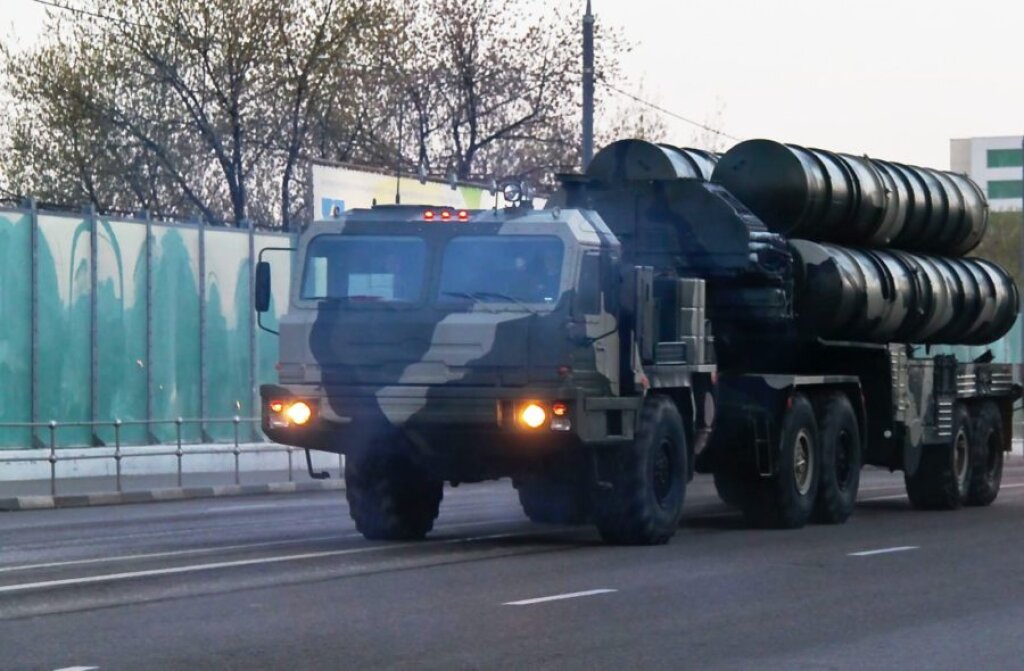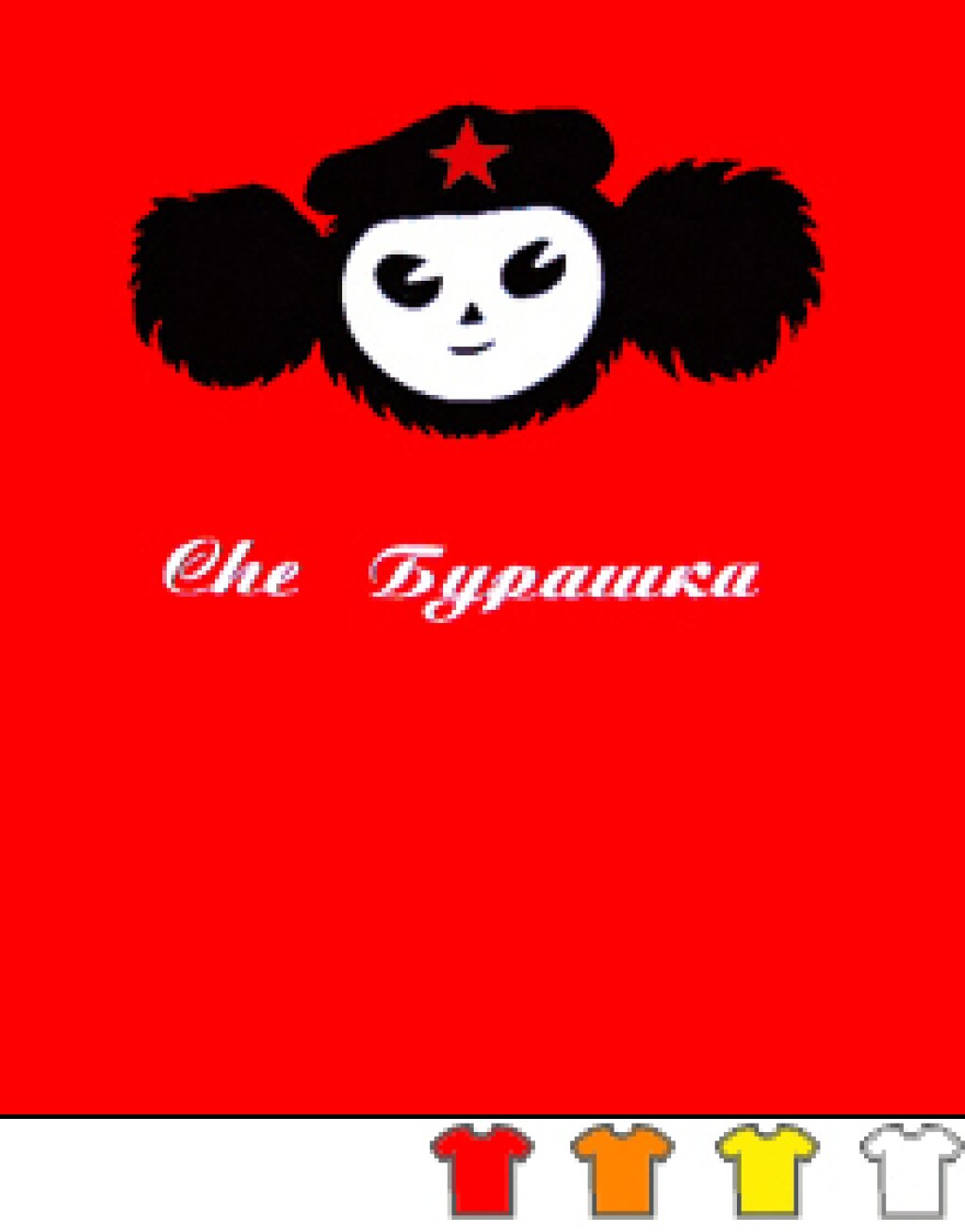Above: Donald Trump at the 2018 NATO Summit in Brussels
Brianna Philpot is a graduate student of Russian and Slavic Studies and International Relations at NYU.
As NATO has expanded since the collapse of the Soviet Union in 1991, Moscow’s sphere of influence has shrunk. The result is an environment that contributes to Russia's sense that it is insecure and "surrounded by enemies." NATO and US actions in the wake of the Euromaidan revolution in Ukraine have confirmed Russian fears, increasing the likelihood of open conflict. Meanwhile, the rise of authoritarianism, especially in Poland, Hungary, and Turkey, has created fractions within the alliance that Russia can and will exploit. Against this background, NATO’s behavior appears to incite Russian retaliation even as its structure prevents the alliance from addressing the threat potential Russian aggression poses to NATO member states.
The North Atlantic Treaty Organization or NATO was created in 1949 by the United States and Western Europe as a counterweight to the Soviet Union’s superior conventional forces in Europe. The collapse of the Soviet Union in 1991 transformed NATO’s function and purpose; despite this change, however, NATO continues to treat Russia as an outsider at best and an enemy at worst.
Since 1991, thirteen countries formerly within the Soviet Union’s sphere of influence have joined the alliance, including Russia’s neighbors, Estonia, Latvia, and Lithuania. In addition to its territorial expansion, the growth of NATO’s capabilities has outpaced that of the Russian Federation, reversing the situation of the second half of the twentieth century and putting Russia on high alert.
While terrorism has become a major focus for NATO in the wake of the 9/11 attacks, European based NATO forces still appear directed at Moscow. That one of its stated goals is to “[promote] democratic values” also alarms the Kremlin, and NATO and the United States have done little to alleviate Russian fears. Recently, President Trump’s remarks calling the 70 year old alliance obsolete strained the relationship between Western European leadership and the American president. Though President Trump walked back his initial position, his calls for NATO members to spend more on defense and his criticism of other member nations have failed to reassure allies.
After Putin released a video showing Russian missiles targeting Florida, and following Russian and US abandonment of the Intermediate-Range Nuclear Forces (INF) Treaty, the future of European security is increasingly unclear. In addition to these renewed military threats, Russia has also targeted NATO members in hybrid warfare.
For example, when Estonia removed a Soviet monument — the Bronze Soldier of Tallinn — In 2007, Russia brought Estonia's critical infrastructure to its knees. Then there is the election hacking, from the well-known interference in the 2016 US presidential election to other instances of meddling in elections across Europe. Additional sanctions have failed to keep Russia from tampering with US elections again in 2018.
During the Euromaidan uprising that precipitated Russia’s annexation of Crimea, Victoria Nuland, former US ambassador to NATO and then-assistant Secretary of State, showed her support for Ukrainian protesters by passing out snacks. No less a figure than John McCain participated in the demonstrations. A leaked phone call between Nuland and US ambassador to Ukraine Geoffrey Pyatt later revealed that the two had discussed “how power should be distributed after Maidan,” and their preferred candidate for prime minister attained the position, confirming to Putin the West’s pernicious intent.
That the crisis broke out as Ukraine began to draw closer to West demonstrates the extent of Russian anxiety: as Charles Clover has written, “the Kremlin saw [the EU’s Association Agreement offer to former Soviet Republics] as an immediate threat that would [...] smooth the way for integration with the EU, which over the previous two decades had become a conveyor belt to NATO.”
By pushing Russia into a corner, the United States and NATO have increased the likelihood of open conflict, especially considering the historical relationship between some member nations with Russia. Another issue is that the organization’s expansion into territory that Russia considers its sphere of influence supports the Kremlin’s interpretation and triggers Russian retaliation.
As conflict with Russia grows likelier, NATO’s ability to meet the challenge is declining. Since 1990, the number of countries rated as “not free” by Freedom House has expanded from 12% to 33%.
NATO members are not immune to the recent rise of authoritarianism: Hungary, according to Freedom House, “fell back to Partly Free this year after five consecutive years of decline and 13 years without improvement.” Hungarian president Viktor Orban has drawn closer to Putin, criticizing the West’s reaction to the annexation of Crimea and seeking to sabotage Ukrainian cooperation with NATO.
Perhaps more troubling is the deepening relationship between Russia and Turkey, the only member state within NATO that Freedom House rated “not free.” Turkey’s recent decision to purchase a Russian missile defense system has increased tensions with the United States, which has threatened to retaliate with sanctions.
Even Poland, formerly a reliable partner against Russia, is contributing to the problem by helping Hungary. The rise of the Law and Justice party in Poland has led to the decline of judicial independence in the country, which has also passed controversial legislation criminalizing “speech related to the involvement of the Polish government or people in the Holocaust.” The two right-wing regimes have come to each others’ aid to subvert the European Union, suggesting that they might do the same within NATO.
Despite the shared authoritarian leanings of Turkey, Hungary and Poland, they will not be able to come to an agreement when the time to confront Russia arrives. Turkey and Hungary are already cooperating with Russia, while NATO has expanded its presence in Poland and the Baltic states by just under 5000 troops.
Because NATO acts by consensus, the organization’s ability to counter Russia is compromised. Russia did not create the authoritarian regimes and movements that are popping up across Europe, but does take advantage of them to drive a wedge between NATO members, apparently successfully.
Future challenges for NATO include finding a balance between promoting democratic values and expanding further East; rooting out pro-Russian support among member states; and quelling the tide of authoritarianism inside the alliance. Although Ukraine is not a NATO member, Western sanctions against Russia in the wake of its annexation of Crimea and occupation of the Donbass region show solidarity with Ukraine. How much further will NATO be willing to go? If NATO commits to democracy in Ukraine, it must also commit to meeting further Russian aggression.
Addressing the increasingly close relationships between Turkey and Hungary with Russia will be more difficult. If the United States follows through on its threat to sanction Turkey, sanctions may become a viable tool for discouraging other members from cultivating closer relationships with Putin, but this course of action exposes NATO’s greatest weakness — the divisions within. Either the liberals must make common cause with the authoritarians, or consensus rule must go.

